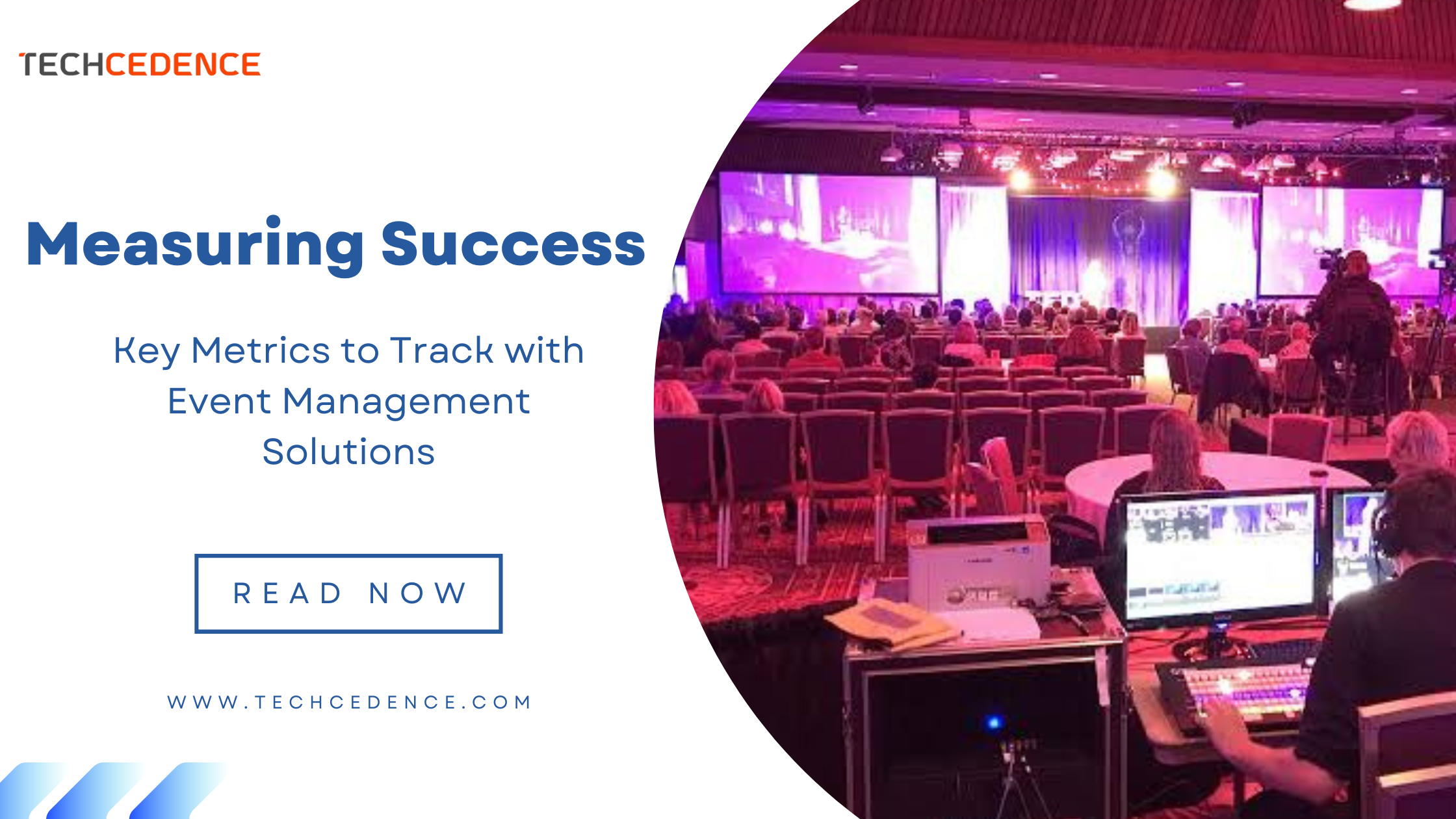
Categories : Uncategorized
Author : Date : Apr 18, 2024
Landing event criteria to track event KPIs can be a challenge and strategies to produce a substantiated, engaging client experience across different touchpoints are on the rise. And it’s getting more delicate to consolidate data from different platforms that don’t communicate seamlessly with each other.
But collecting event success criteria to cover your event operation and event marketing KPIs with Event Management Solutions are vital if you want to address guests’ pain points and elevate their experience.
Event criteria are quantitative measures that capture colorful aspects of an event. From attendee engagement to fiscal performance, they give a view of an event by serving raw data or illustrations like:
Event marketers use event criteria to compare the performance of different events, determine marketing strategy and event ROI, and measure the success of event KPIs. You can also use event criteria to track the success of auspices, identify gaps in attendee conversion, and estimate the success of event marketing juggernauts.
Event criteria that are traced with Event Management Solution can give important insights into the success of events and help guide fresh opinions and vent success criteria to track before your event.
One of the simplest event success criteria to track with event management solutions is the number of people who subscribe to your event i.e. attendance shadowing. It’s a great way to understand how effective your wharf runner and marketing juggernauts are. Plus, you can use this event metric to track leading generations. Those who subscribe to your event come leads for your business. Indeed, if they don’t make it to your event, you can still nurture them down your marketing channel. Another way to use this event success standard is to understand how much interest people are showing in your topic.
However, this might not be content that resonates with your intended audience. If the number of registered participants is lower than expected, it could indicate that this type of content may not be well received and should possibly be avoided in the future. Conversely, if the number of registered participants exceeds expectations, it suggests that this content should be emphasized more in your future content and event planning efforts. It’s always important to compare enrollment figures to attendance figures. More frequently than not, you ’ll have a greater number of people registering than attending. But this event metric really shows how well you managed to intrigue your followership and convert them to attend.
Dispatch marketing is the most important tool for driving enrollments for your event. But do you know how to measure event success with it? Simply track dispatch open and click- through rates(CTR). Dispatch open rates show you when a philanthropist has opened their dispatch. CTR tracks how numerous people clicked on a link within that dispatch. For example, you transferred 1,000 event enrollment emails, of which 400 were opened. Among those 400 emails opened, 200 people clicked on the event enrollment link. Of those 200 links clicked, 100 people registered for your event. This data indicates that there are still 900 individuals who may require a follow-up email to encourage them to click the enrollment link and register for the event.
Knowing which people opened your dispatch and registered is a pivotal event success metric to cover so you can boost enrollment rates. Luckily, dispatch open and CTR are standard features on utmost dispatch marketing robotization platforms.
Depending on the type of event you ’re hosting and the type of assiduity you ’re in, your event KPI is most likely to attract either new guests, higher-ups at companies or advanced- ups at companies (for new accounts) that you ’d like to do business with. That means that an event success metric to cover is the source of your attendees. An easy way of determining this is by asking them on your enrollment runner. Add questions similar as “What company do you work for?” and “What’s your part in the company?”
Although you can’t track this through your event platform, social media is one of the most effective channels to reach people. But it’s also a great source of event success criteria to understand how effective your event communication is. You can fluently look at social media analytics from your company runner. Check how numerous people start following you once you announce your event. This could indicate an increase in interest. And cover how many people like, tagging, participating, and reposting your posts about your forthcoming event.
Although these event criteria that are tracked with event management software result are useful pointers, it’s also crucial to concentrate on what people are writing about your event in their commentary. They will give you qualitative data you can use to make some changes to your forthcoming event or ameliorate unborn events.
You can indeed produce an event hashtag before your event to increase its reach and engagement on social media. This way, you can track how numerous people are using the event hashtag too. Still, TracEvent – an easy-to-use, integrated technology solution that maximizes the impact of meetings and events of all sizes could be the one, if you ’re looking for a comprehensive event management system and in- person app that are completely biddable and integrates with your CRM and the rest of your event to produce a flawless omnichannel experience.